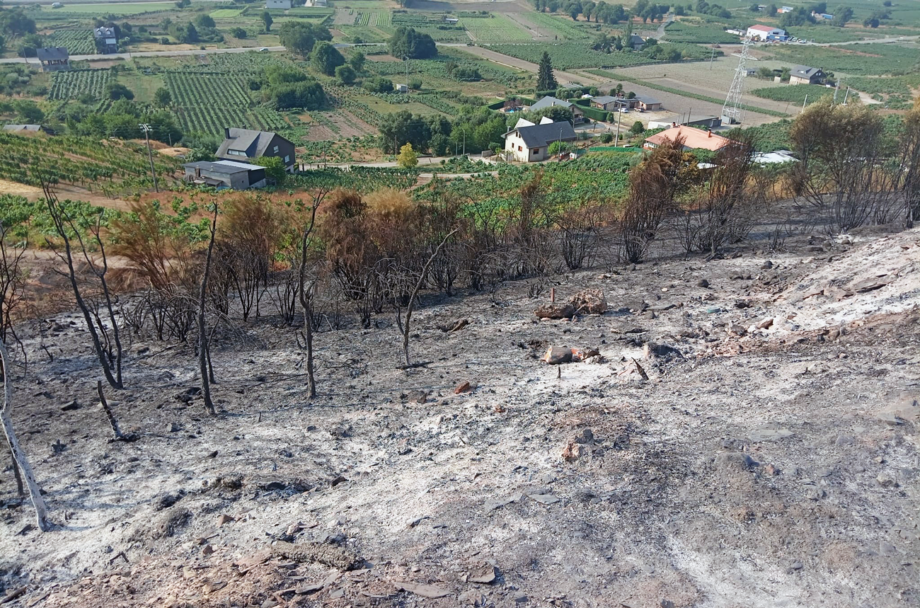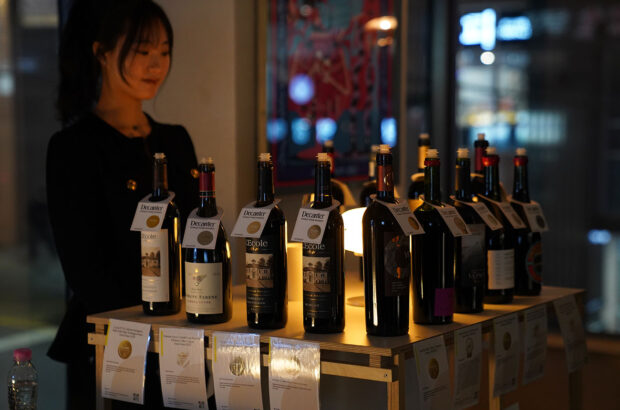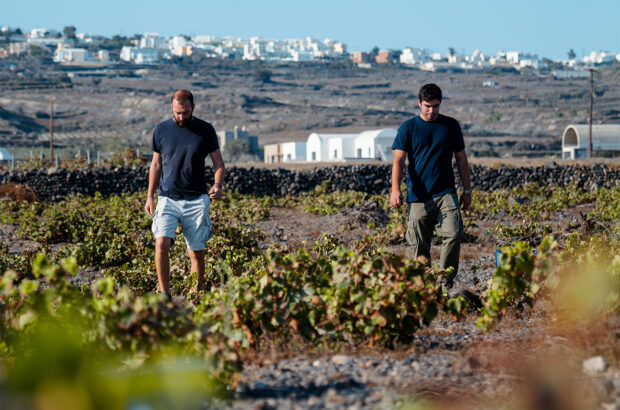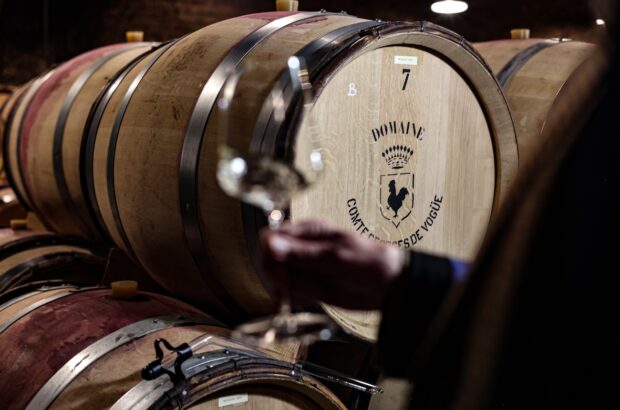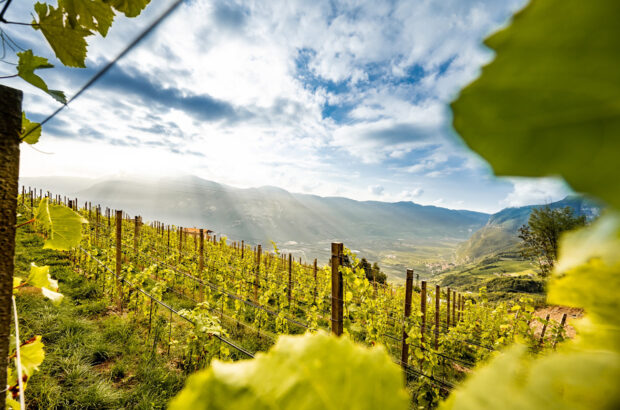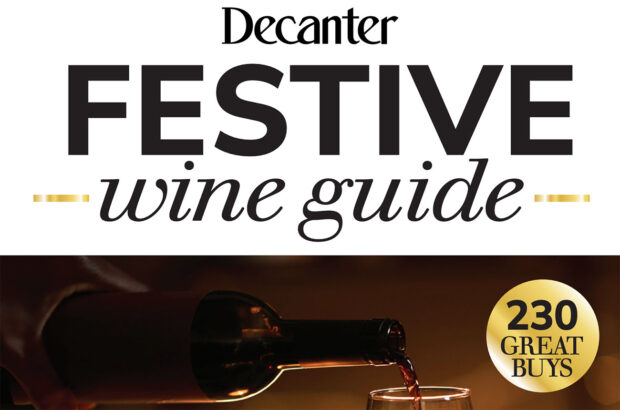Harvest in Galicia is gathering pace against a backdrop of blackened trees and scorched earth. For decades, summers in the northwestern Spanish region have brought wildfires, but this year stands out as one of the worst in recent memory. Months of drought, extreme heat, and strong winds created the perfect conditions to spread the explosive, fast-moving blazes that tore through Galicia’s interior for nearly two weeks in August, burning through more than 90,723 hectares.
The majority of the fires were concentrated in the interior province of Ourense, home to four of Galicia’s five Denominaciones de Origen (Ribeiro, Ribeira Sacra, Valdeorras, and Monterrei) and one third of all vineyard land in Galicia.
The largest blaze began in Larouco, in DO Valdeorras. It burned 30,000 hectares, making it the largest fire in Galicia since records began. Another fire, which broke out near Oímbra, burned through 17,000 hectares, including parts of DO Monterrei. Two other fires in DO Ribeiro were able to be contained before damaging vines.
With the two largest fires now under control, growers are assessing damage as harvest begins. According to Gonzalo Losada, manager of DO Monterrei, initial reports are cause for optimism. ‘In many places we’re seeing that although there was damage to a vineyard, it wasn’t as bad as expected,’ Losada said. ‘The vast majority saw damage on just the perimeter of the parcels.’
Santiago Pérez, viticultural technician for DO Valdeorras, said that vineyards often acted as natural firebreaks, stopping the flames from penetrating beyond the outer rows of vines and protecting nearby homes. But in some cases, entire vineyards were affected, erasing the hard work of an entire season. ‘Grape growing is work that takes hours and days, with no weekends or holidays off,’ said Losada. ‘Finding your vineyard damaged brings morale down a lot.’
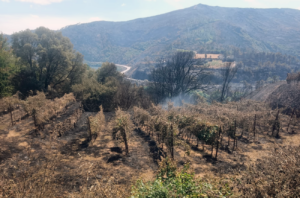
One of the scorched vineyards of Alvaredos-Hobbs, in Alvaredos, Ribeira Sacra, Galicia | Courtesy of Alvaredos-Hobbs
Alvaredos-Hobbs: present and future destroyed
While the DOs are still assessing the overall damage, it’s clear that one winery was particularly affected. Alvaredos-Hobbs is a collaborative project between the Galician Antonio López and Californian winemaker Paul Hobbs. The winery is located in López’s native Alvaredos, a tiny village on the far eastern edge of the DO Ribeira Sacra.
The Larouco wildfire spread to both banks of the Sil River and eventually surrounded Alvaredos. While the village itself was spared, winemaker Cecilia Fernández said all the winery’s vineyards were damaged to some extent. She estimates that 70% of production was lost. ‘Even the little ground cover we had burned,’ said Fernández. ‘Some vines were completely destroyed, some trunks began to burn, and some plants are just gone.’
Paul Hobbs said that although wildfires are a recurring threat in California, what happened in Galicia was by far the worst he had experienced in a growing season. ‘I’ve never lost an entire vintage,’ he said. ‘I have a feeling we’ve lost more than one vintage.’

The fire damage to Alvaredos-Hobbs’ vines | Courtesy of Alvaredos-Hobbs
Underlying issues
As the communities affected by the wildfires pick up the pieces, many are urging the regional government to tackle the root causes. ‘There has to be a rethink of forest management,’ said Fernández, ‘because there isn’t any.’
Galicia’s interior is dominated by pine trees grown for timber. As they are often left untended until harvest, dense, flammable brush accumulates and elevates fire risk.
The tragedy also underscores the consequences of the demographic phenomenon known as ‘España vacia’: the large swathes of the Spanish countryside left depopulated as people look for better opportunities in urban areas.
Nacho González, a winemaker who also sustained heavy losses in Valdeorras, did not mince his words when it came to the regional government. ‘They’re useless,’ he said. ‘The big problem we have here is abandoned forest. One single match and it’s a bomb. If the forest were cared for, there wouldn’t be a problem,’ he added. ‘That’s the truth.’


